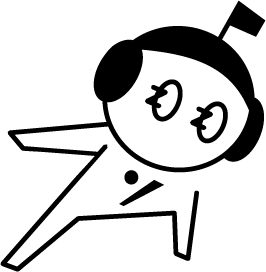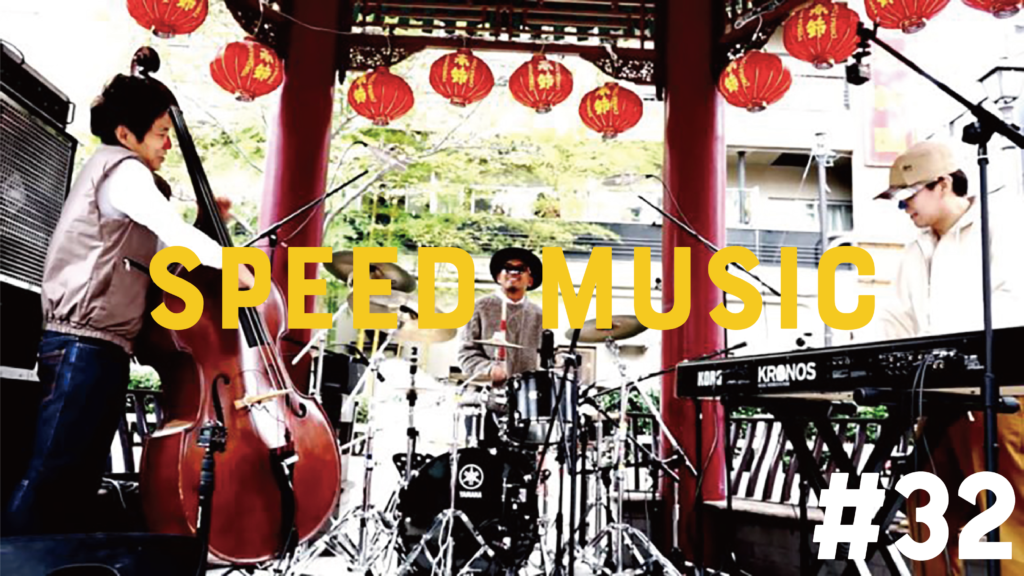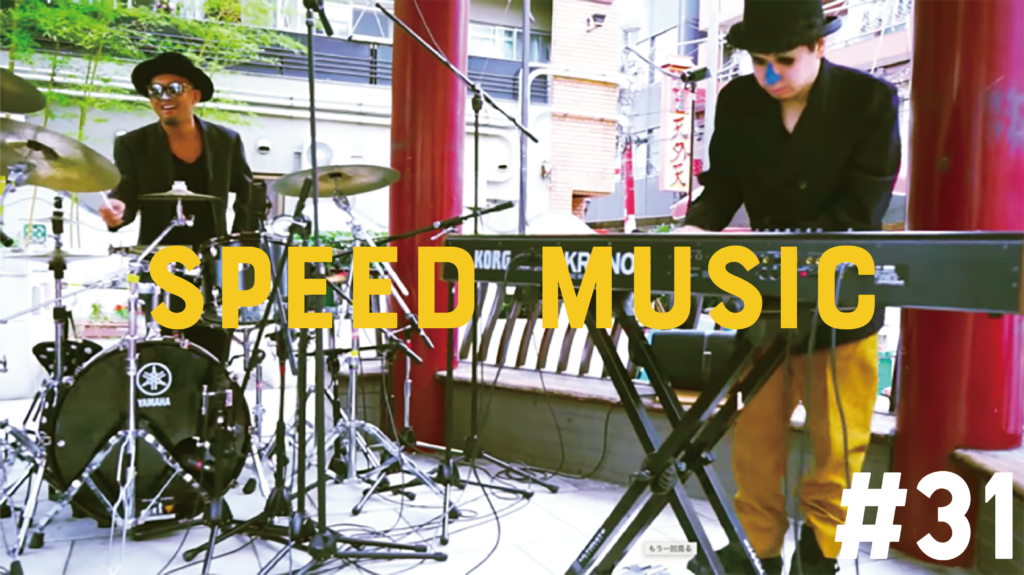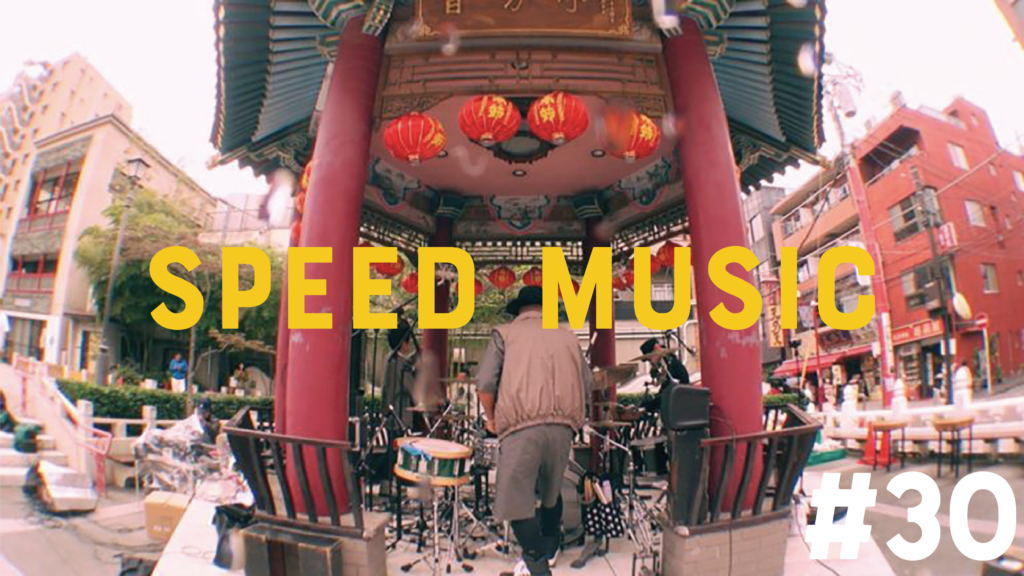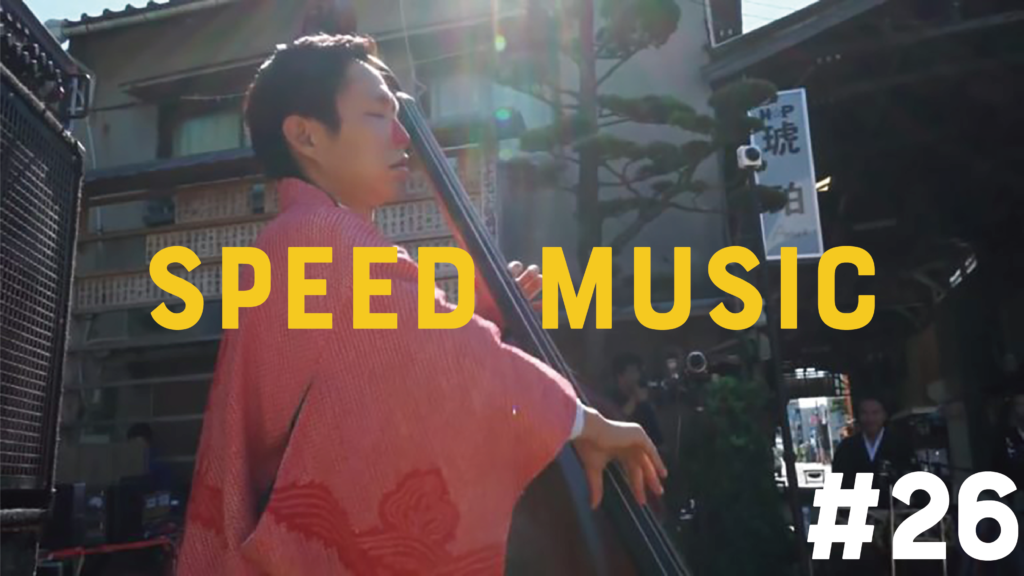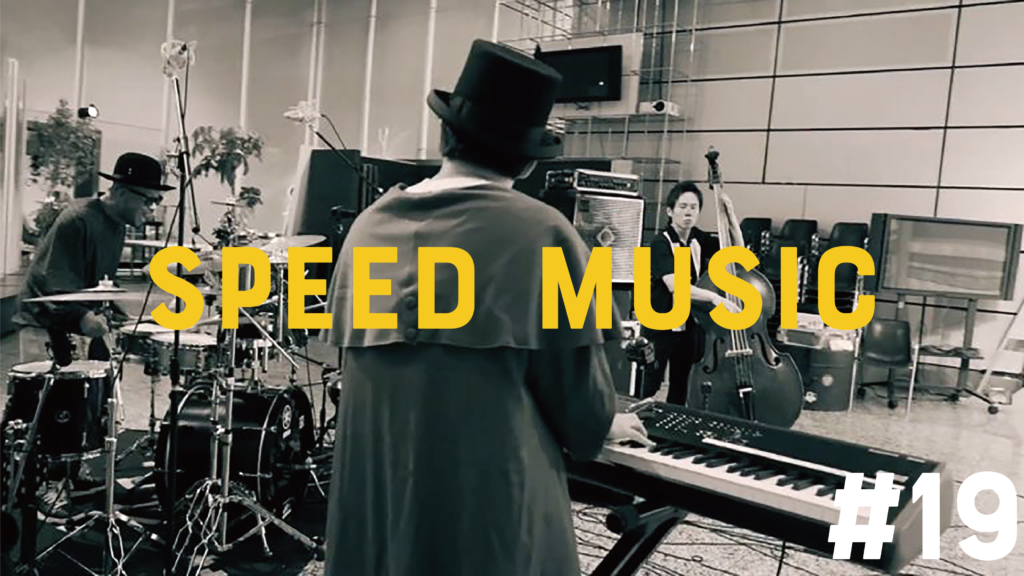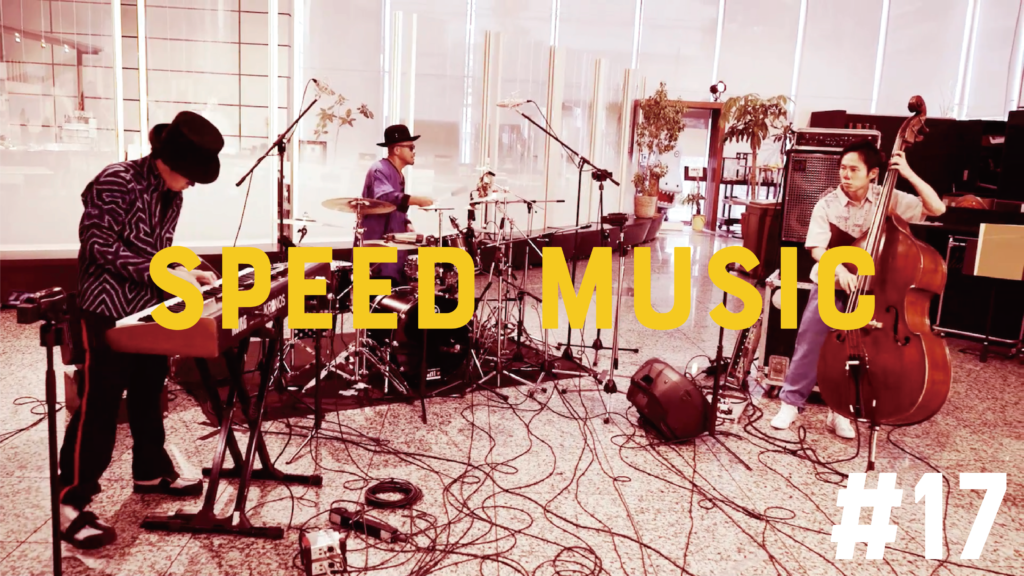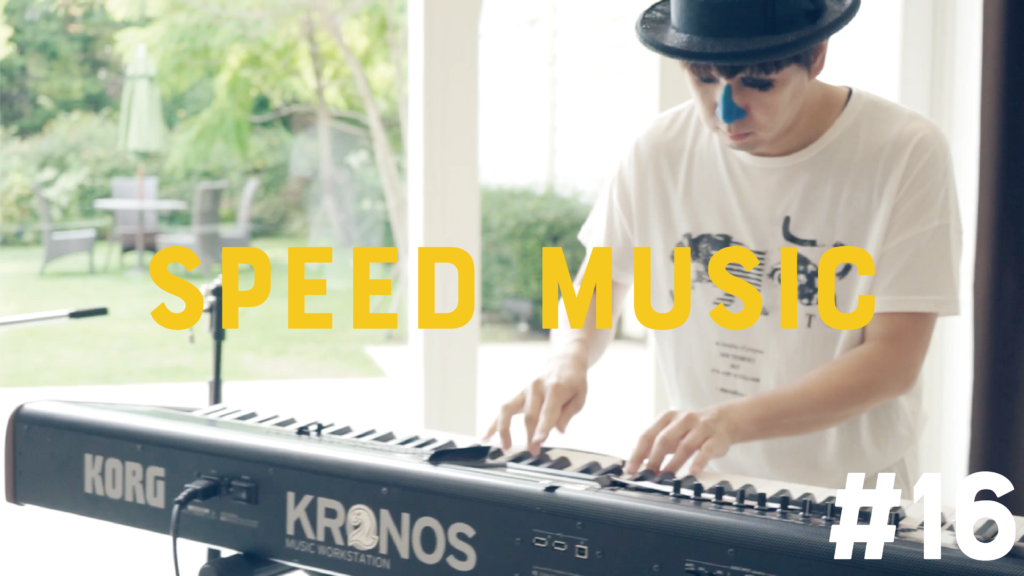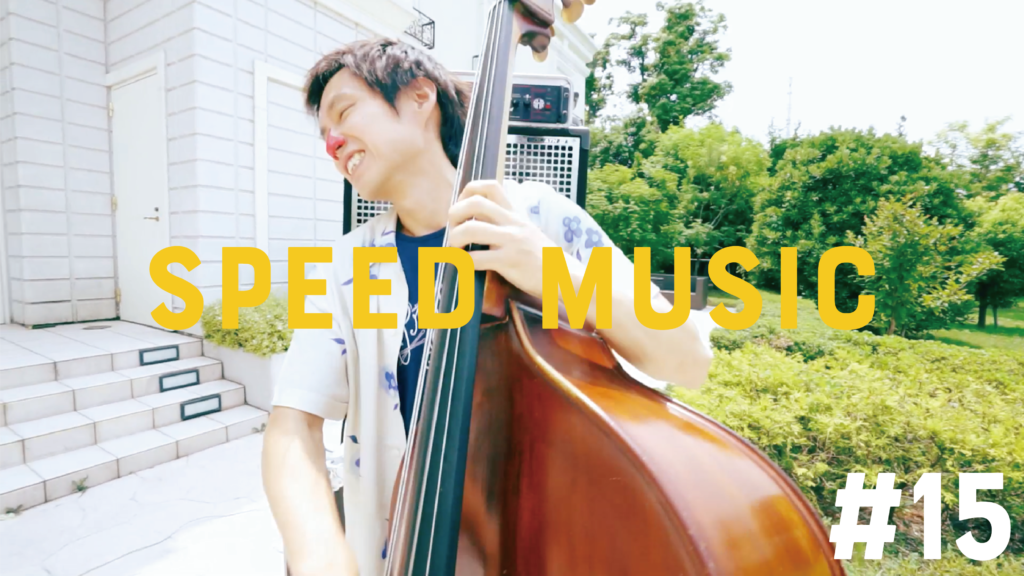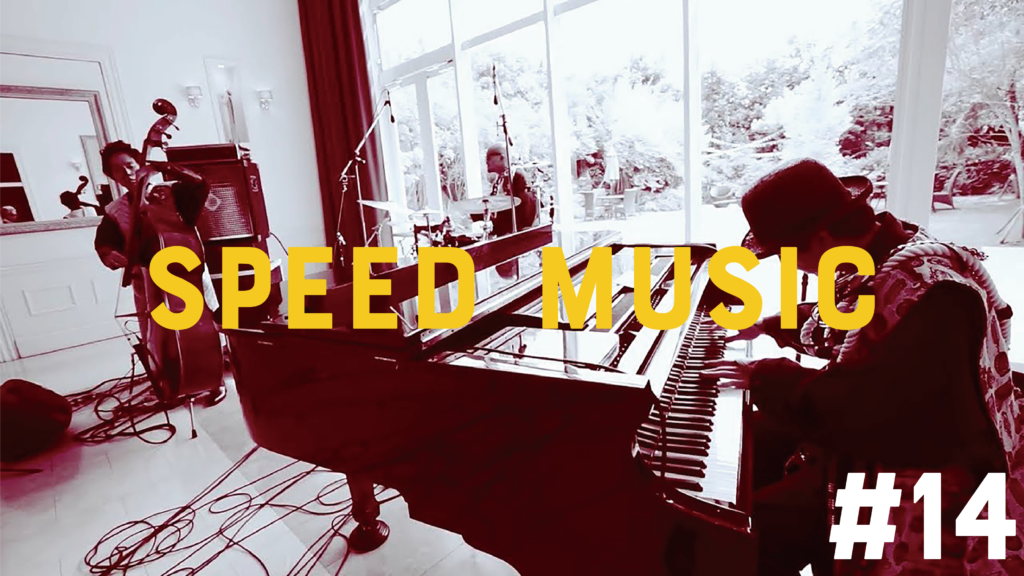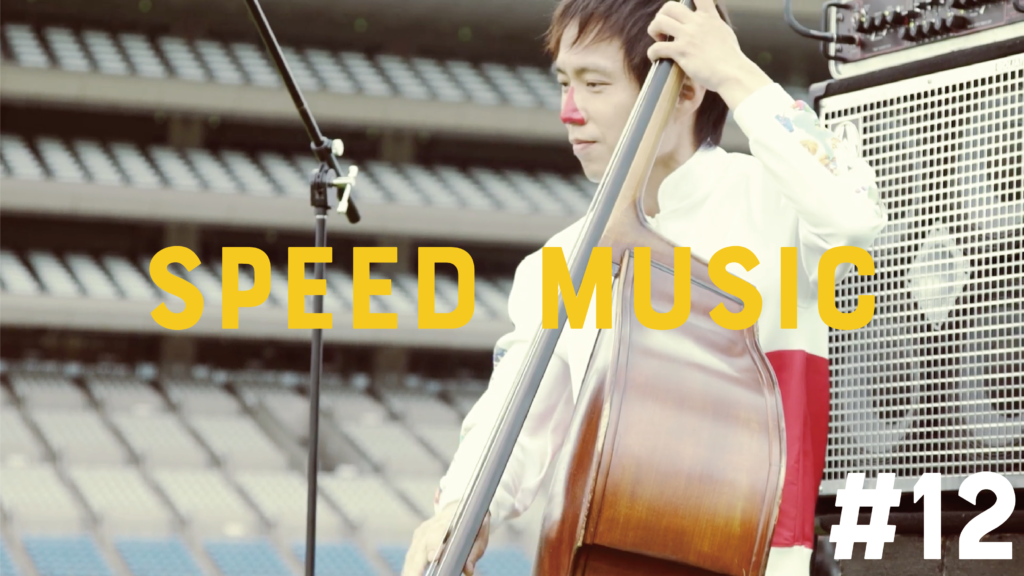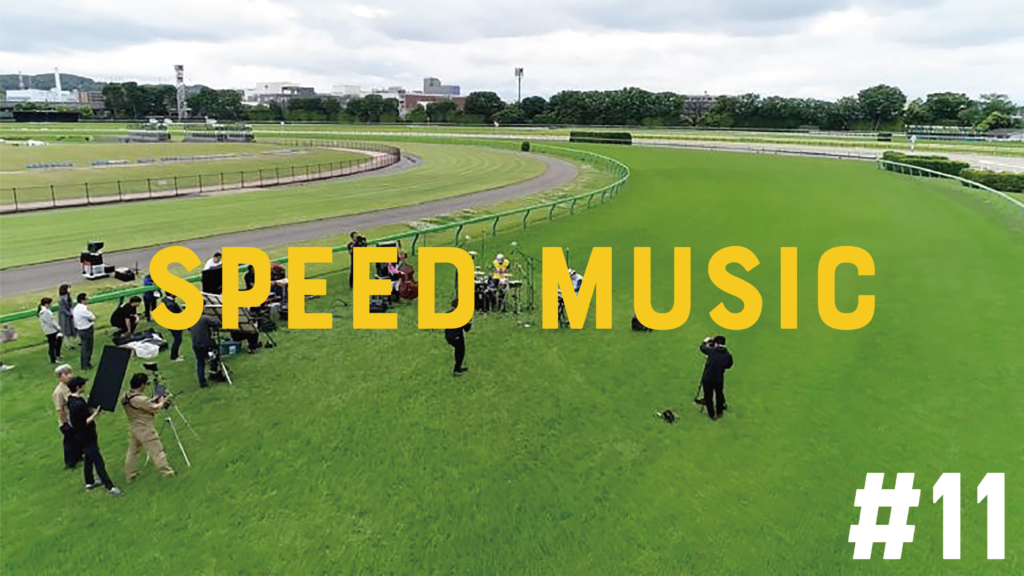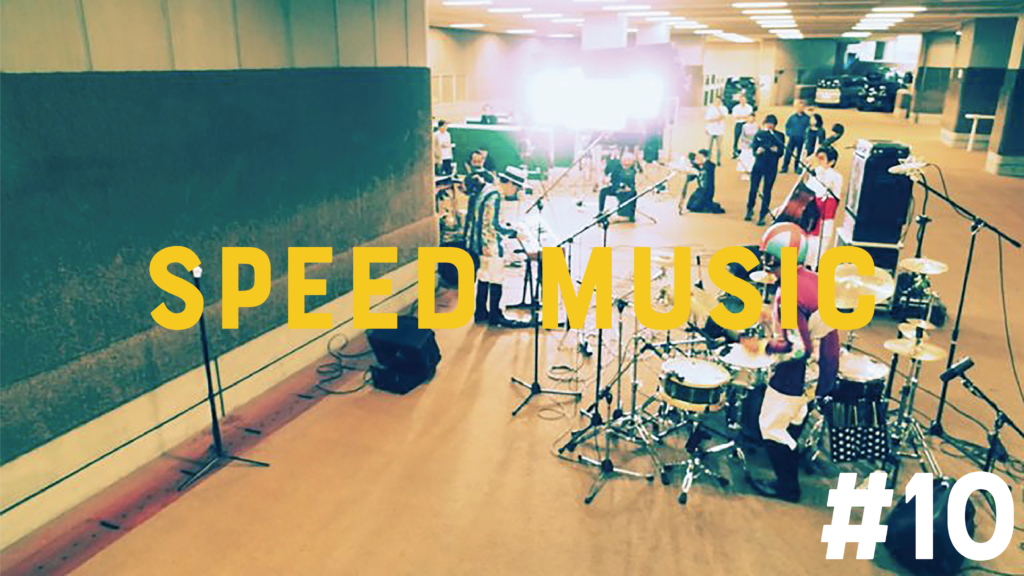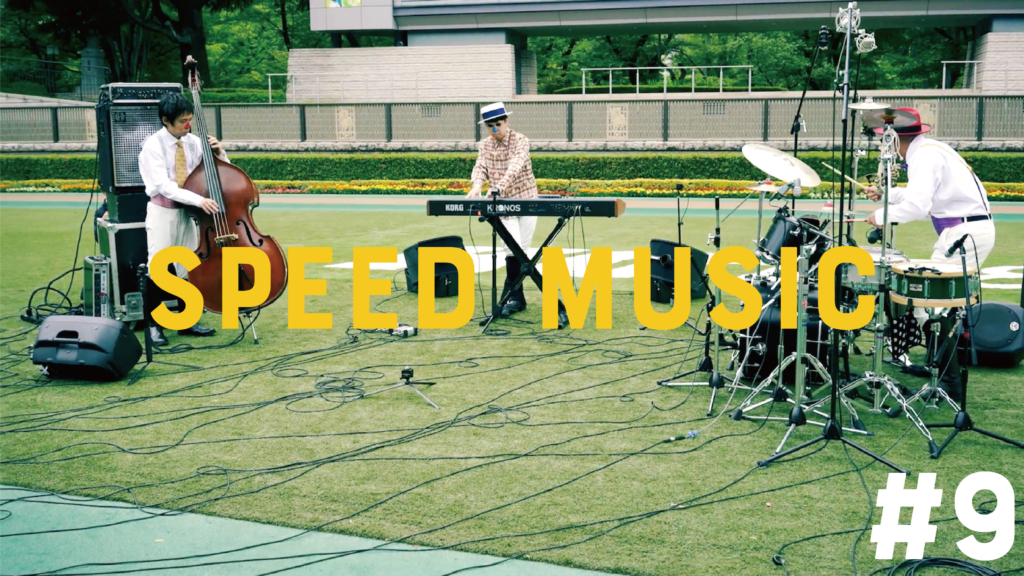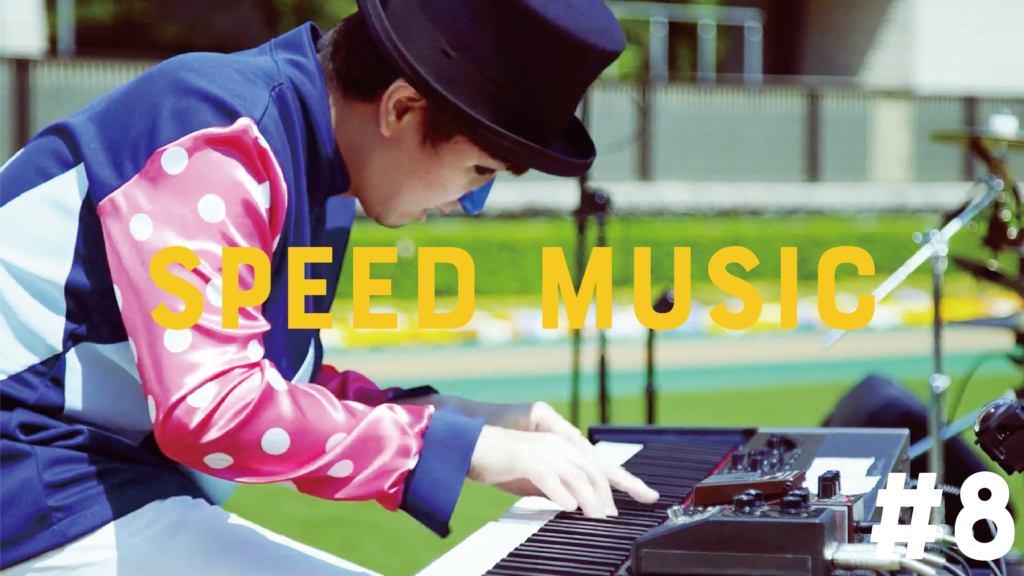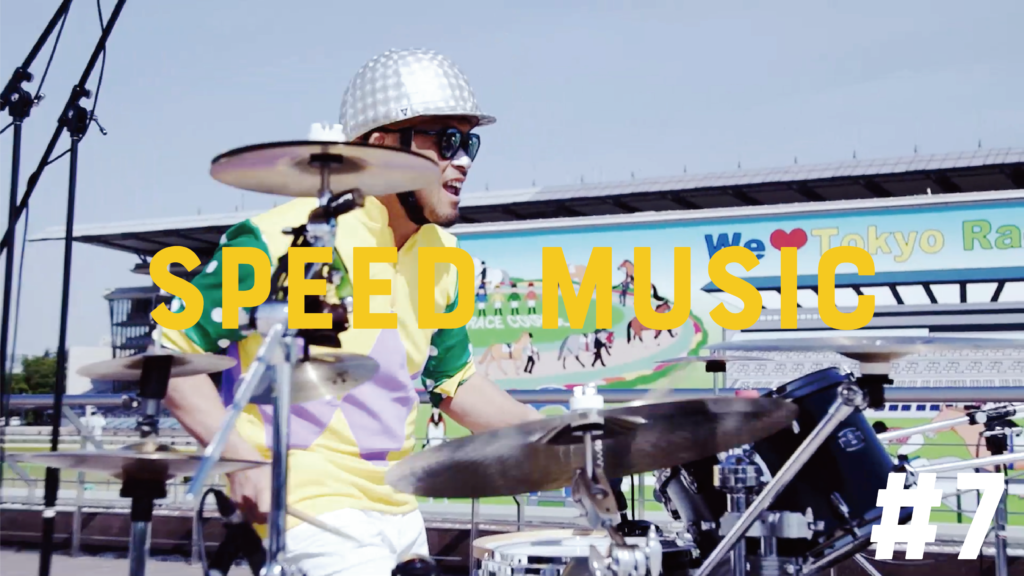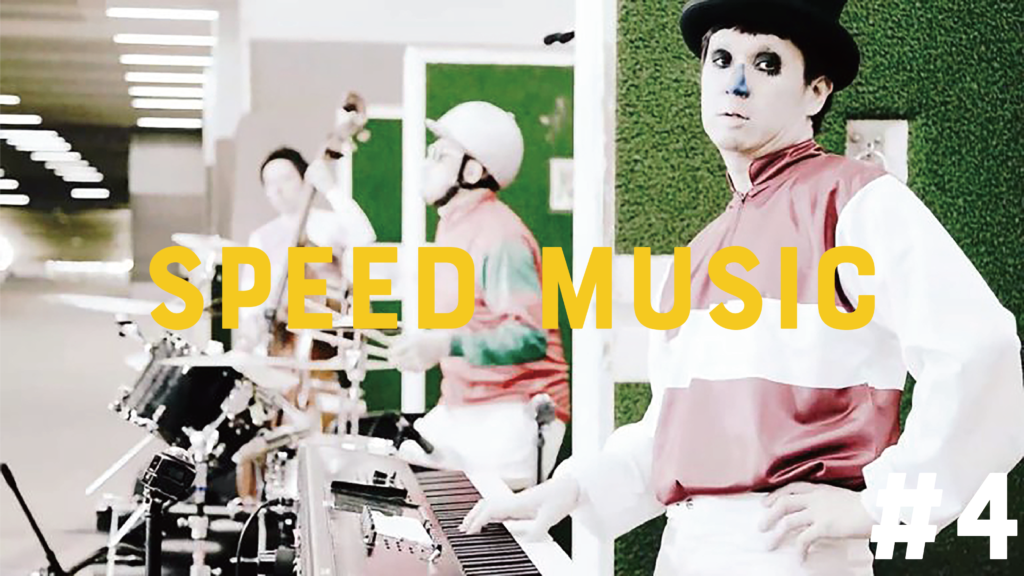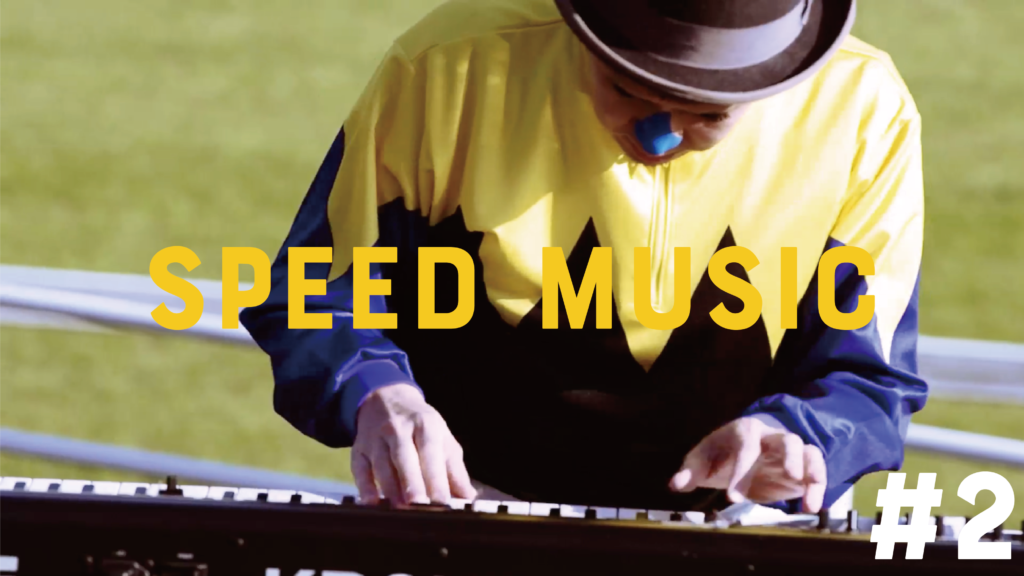#21 島唄 / THE BOOM by H ZETTRIO
THE BOOMは1992年1月22日発売のアルバム「思春期」で三線や琉球音階など沖縄音楽の要素を取り入れた「島唄」を発表。またその年の12月12日には沖縄の方言(ウチナーグチ)で歌われた「島唄(ウチナーグチ・ヴァージョン)」を沖縄県限定でリリース、瑞穂酒造の泡盛「琉球泡盛 Xi(クロッシー)」のテレビコマーシャルソングに起用され(このCMも沖縄県限定)、沖縄だけで1万枚を超える売り上げを記録した(後に全国発売され、50万枚近くを売り上げている)。島唄の歌詞は表面上は男女の別れを歌ったラブソングであるが、実際は沖縄戦での悲劇と平和への希望が唄われている。(フリー百科事典 ウィキペディア日本語版より:https://x.gd/z8Ny1)
THE BOOM released Shima Uta'' on their albumAdolescent'' released on January 22, 1992, which incorporates elements of Okinawan music such as the sanshin and Ryukyu scale. In addition, on December 12 of that year, Shima Uta (Uchinaguchi version)'' sung in the Okinawan dialect (Uchinaguchi) was released only in Okinawa prefecture, and Mizuho Shuzo's awamoriRyukyu Awamori Xi (Crossy)'' was broadcast on TV. It was used as a commercial song (this commercial was also limited to Okinawa Prefecture), and sold over 10,000 copies in Okinawa alone (later released nationwide, selling nearly 500,000 copies). On the surface, the lyrics of Shimauta are love songs about the separation of men and women, but they are actually about the tragedy of the Battle of Okinawa and the hope for peace. (From the free encyclopedia Wikipedia Japanese version: https://x.gd/z8Ny1)
